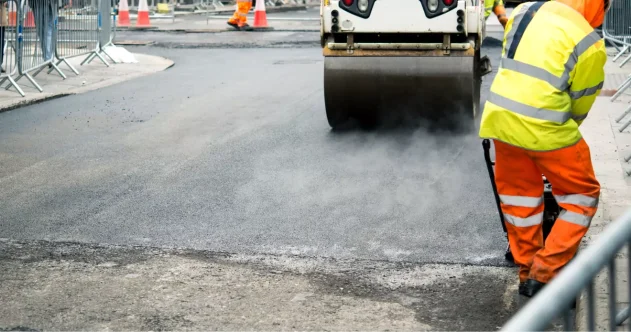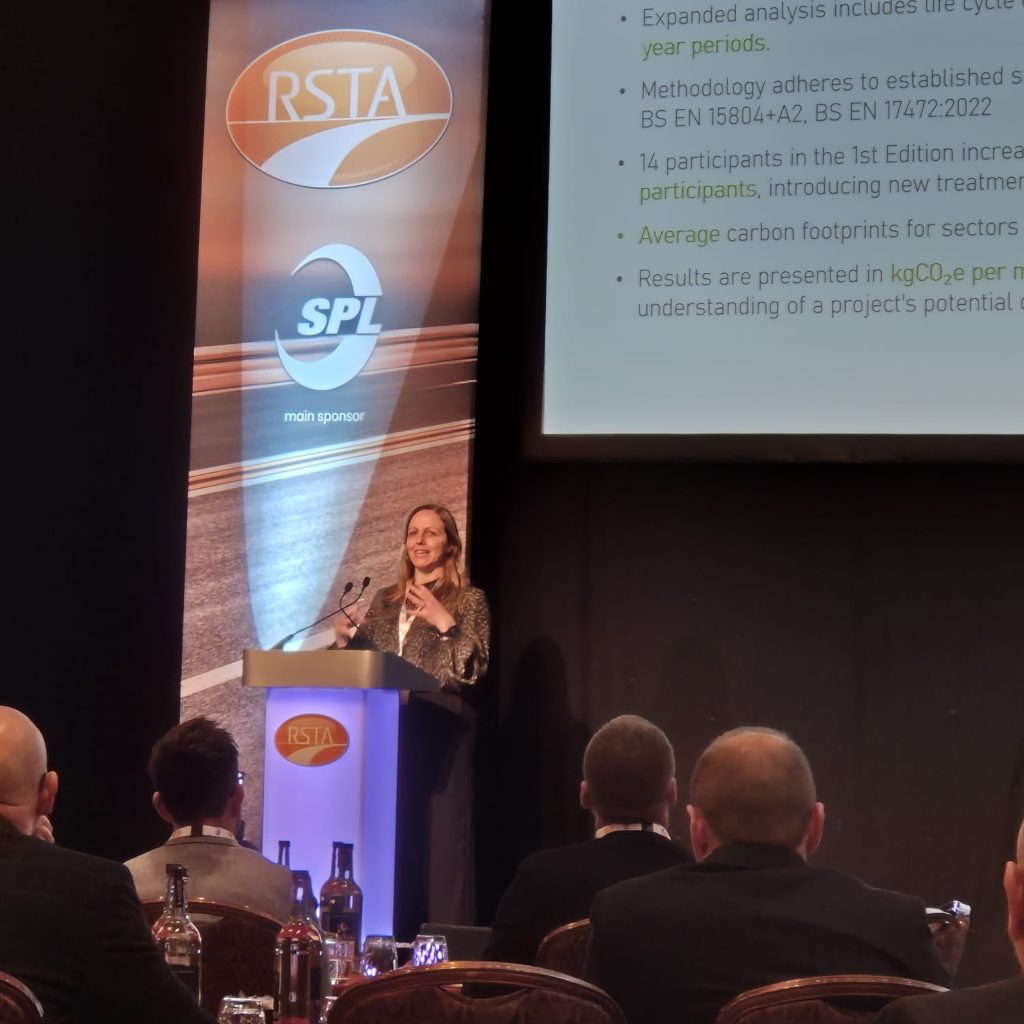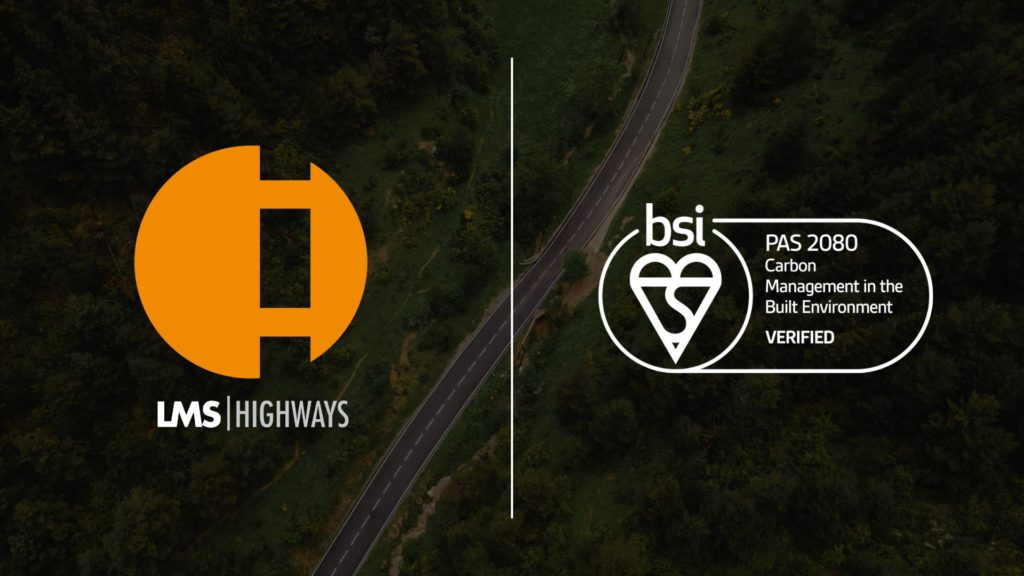
Road surface treatments, such as surface dressing and micro-surfacing, are widely recognised for extending pavement life and delaying the need for major maintenance. Contractors often claim these methods have a lower carbon footprint compared to conventional resurfacing or patching. However, these claims have historically lacked robust, standardised assessments, creating inconsistency and uncertainty in evaluating their true environmental impact.
A recent project I was involved in aimed to address this issue by developing a consistent, standards-led methodology for calculating the carbon footprint of road surface treatments. Using frameworks like PAS 2050 and ISO 14064, we assessed the entire lifecycle of various treatments—from material production and application to transportation and equipment use—and compared them to traditional methods.
Preliminary findings suggest that some surface treatments do offer significant carbon savings, though the extent varies based on materials, techniques, and project scale. This highlights the importance of a holistic, lifecycle approach to carbon accounting and underscores the need for industry-wide standardisation.
By adopting transparent, consistent methodologies, we can ensure credible sustainability claims, empower better decision-making, and drive innovation in low-carbon road maintenance. This work is a step toward a more sustainable future, but collaboration and continued refinement of these practices will be key to unlocking the full potential of road surface treatments.



